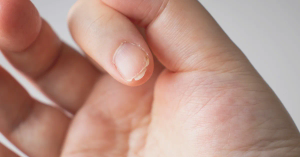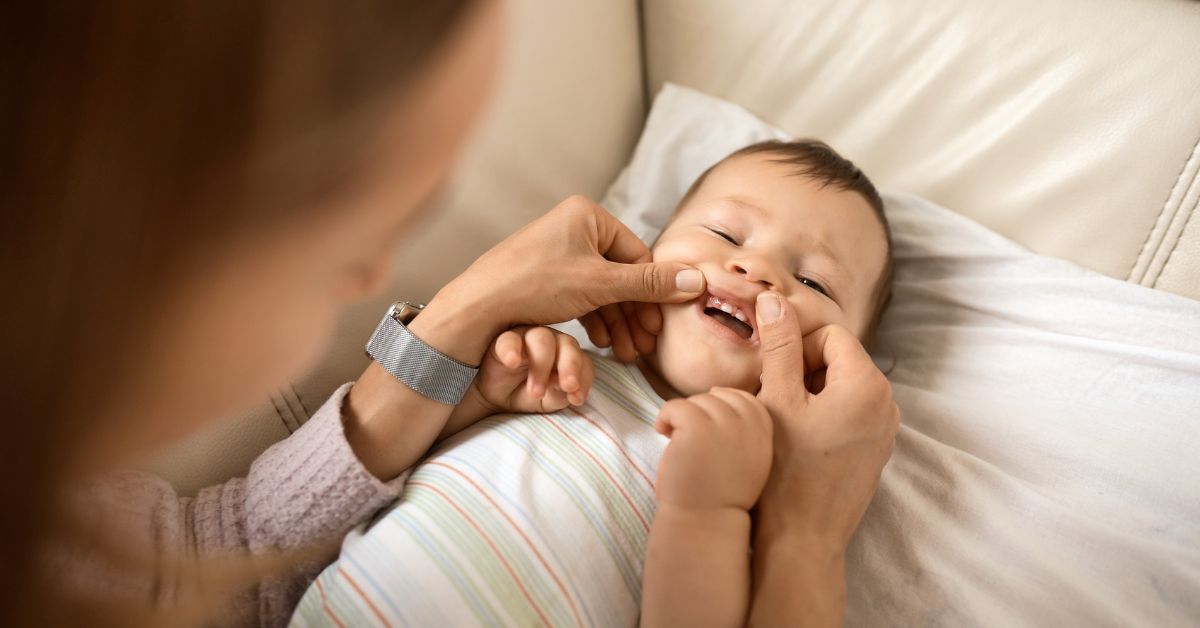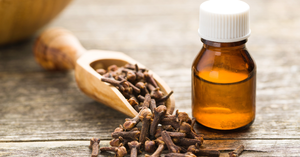Why Brushing Is Important at Every Age
Brushing is the key to a healthy smile! As children grow, their teeth change, and so do their brushing needs. From baby teeth to permanent ones, learning the right technique for each stage helps:
• Prevent cavities – Removes food and bacteria that cause tooth decay.
• Keep gums healthy – Prevents swelling and bleeding.
• Build strong lifelong habits – Early oral care leads to healthier adult teeth.
• Make dentist visits easier – Clean teeth mean fewer cavities and less dental treatment!
Brushing Techniques for Every Age
0–12 Months: Caring for Baby’s Gums
Even before the first tooth appears, keeping your baby’s mouth clean is important!
• Use a clean, damp cloth or a soft silicone finger brush to wipe gums after feeding.
• No toothpaste needed yet! Just water is enough.
• Avoid letting your baby sleep with a bottle, as milk can cause early cavities.
1–3 Years: First Teeth, First Brush!
This is when those tiny baby teeth start to show!
• Use a soft-bristled baby toothbrush with a small head.
• Use a rice-sized amount of fluoride toothpaste.
• Brush in gentle circles on all sides of the teeth and along the gumline.
• Help your child brush until they can do it properly (usually around age 6).
• Start teaching them to spit out toothpaste instead of swallowing it.
Fun tip: Let them pick their own toothbrush with their favorite color or cartoon character!
3–6 Years: Learning to Brush Like a Pro
By now, kids have most of their baby teeth, and it’s time to make brushing a habit!
• Use a pea-sized amount of fluoride toothpaste.
• Brush in gentle circular motions for at least 2 minutes.
• Don’t forget the tongue! It helps keep breath fresh.
• Make brushing fun with songs, timers, or a brushing chart with stickers.
At this stage, kids may want to brush on their own, but parents should still supervise to make sure they’re doing it right.
6–9 Years: Transitioning to Permanent Teeth
As baby teeth start falling out and permanent teeth come in, brushing is more important than ever!
• Use a kid-sized toothbrush with soft bristles.
• Keep using a pea-sized amount of fluoride toothpaste.
• Focus on back molars, as they’re more likely to get cavities.
• Introduce flossing to clean between teeth (flossers with handles make it easier).
• Teach them to brush independently, but check to ensure they’re doing it properly.
Fun tip: Use a brushing app or a favorite song to make the full 2 minutes enjoyable!
10+ Years: Taking Charge of Oral Health
By now, kids should be brushing and flossing on their own, but reminders help!
• Use a soft-bristled adult toothbrush or an electric toothbrush.
• Brush for at least 2 minutes, twice a day.
• Floss every day to keep gums healthy.
• Use a fluoride mouthwash (only if they can spit it out properly).
• Replace toothbrushes every 3 months or when bristles look worn.
Encourage kids to take ownership of their dental health while keeping up with regular dentist visits.
Common Brushing Mistakes to Avoid
Even with good intentions, kids often make mistakes while brushing. Watch out for:
• Brushing too fast – Always aim for 2 full minutes each time.
• Skipping back teeth – Cavities love to hide in hard-to-reach spots!
• Brushing too hard – Can damage gums and wear down enamel.
• Forgetting to floss – Food gets stuck between teeth and can cause decay.
• Not replacing toothbrushes – Old brushes don’t clean well.
Making Brushing Fun for Kids
Toothbrushing doesn’t have to be a chore! Try these fun ideas to get kids excited about brushing:
1. Brushing Chart with Stickers
• Create a weekly brushing chart and reward kids with stickers for brushing twice a day.
• Offer a small prize at the end of the week for perfect brushing!
2. Brushing Buddies
• Let your child brush their favorite stuffed animal’s “teeth” before brushing their own.
3. Toothpaste Taste Test
• Let kids try different toothpaste flavors (like mild fruit or bubblegum) to find their favorite.
4. Storytime with the “Cavity Monsters”
• Make up a story about tiny “cavity monsters” that get washed away when they brush properly!
When to See a Dentist
Your child should have their first dental visit by age 1 and continue with checkups every 6 months. See a dentist if your child has:
• Tooth pain or sensitivity.
• Swollen or bleeding gums.
• Bad breath that won’t go away.
• A loose tooth before the right age.
Final Thoughts
Brushing is an important skill that grows with your child! By following the right techniques at every stage, you can help them build strong, healthy teeth and a big, bright smile for life.
Start early, make it fun, and encourage good habits that last a lifetime!








